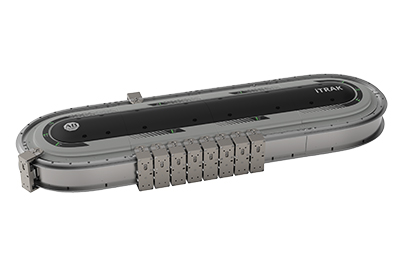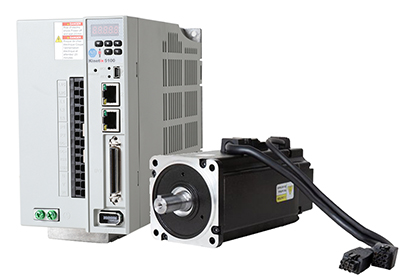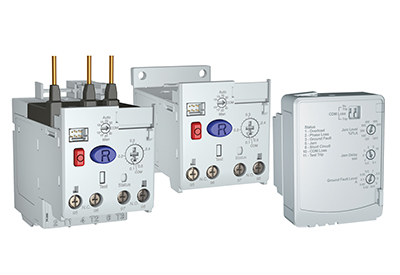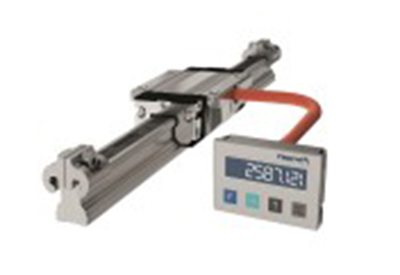Rockwell Automation Provides Expanded Linear Motion Control System With Improved Flexibility for Food and Beverage Packaging

June 2, 2020
Food and beverage manufacturers are constantly under pressure to package a wider variety of products in more types of packaging without compromising productivity. Now they can answer these trends while increasing throughput using the new iTRAK 5730 small-frame intelligent track system from Rockwell Automation. The system uses independent cart technology to support smart, flexible and efficient machines.
Independent cart technology offers many benefits over traditional gear, chain and belt conveyors, including unlimited machine flexibility, better traceability and increased uptime. By using magnetic propulsion, the individually controlled carts can quickly start and stop with high precision, which reduces machine wear and is highly energy efficient. The technology also quickly manages changeovers using pre-configured move profiles that can be implemented with the push of a button from an HMI.
The iTRAK 5730 system has the smallest footprint within the Rockwell Automation independent cart portfolio. It has a 50 mm minimum pitch that makes it ideal for primary packaging applications, such as flow wrapping, end load cartoning, and form-fill-and-seal pouching. The system also easily integrates into a manufacturer’s architecture, providing analytics that help optimize energy use, monitor parts wear and reduce downtime.
“The iTRAK 5730 system extends the flexibility and productivity benefits of iTRAK to meet the growing demand for customized food and beverage products,” said Michaela Kaufmann, iTRAK product manager at Rockwell Automation. “The technology is truly scalable. Your system can have as little as a 50 mm pitch in a small, standalone machine, or be as large as 100 meters and part of a large, complex line.”
In addition to delivering a smarter form of motion control, the iTRAK 5730 also offers integrated safety. Features such as safe torque off, Safe Stop 1, a SIL 3, PLe safety rating and the ability to create safety zones help increase confidence in machine safety. Safety zones, for example, can increase safety without compromising productivity by allowing motion to continue outside of the safety zone, even after a trip inside the safety zone.
Furthermore, simulation capabilities allow users to calculate throughput on the iTRAK 5730 system. Users can also create a digital twin that can be used to virtually design, commission and demonstrate the system, and to virtually train workers. Standardized object-oriented libraries also can help create a consistent user experience and accelerate time to market.







